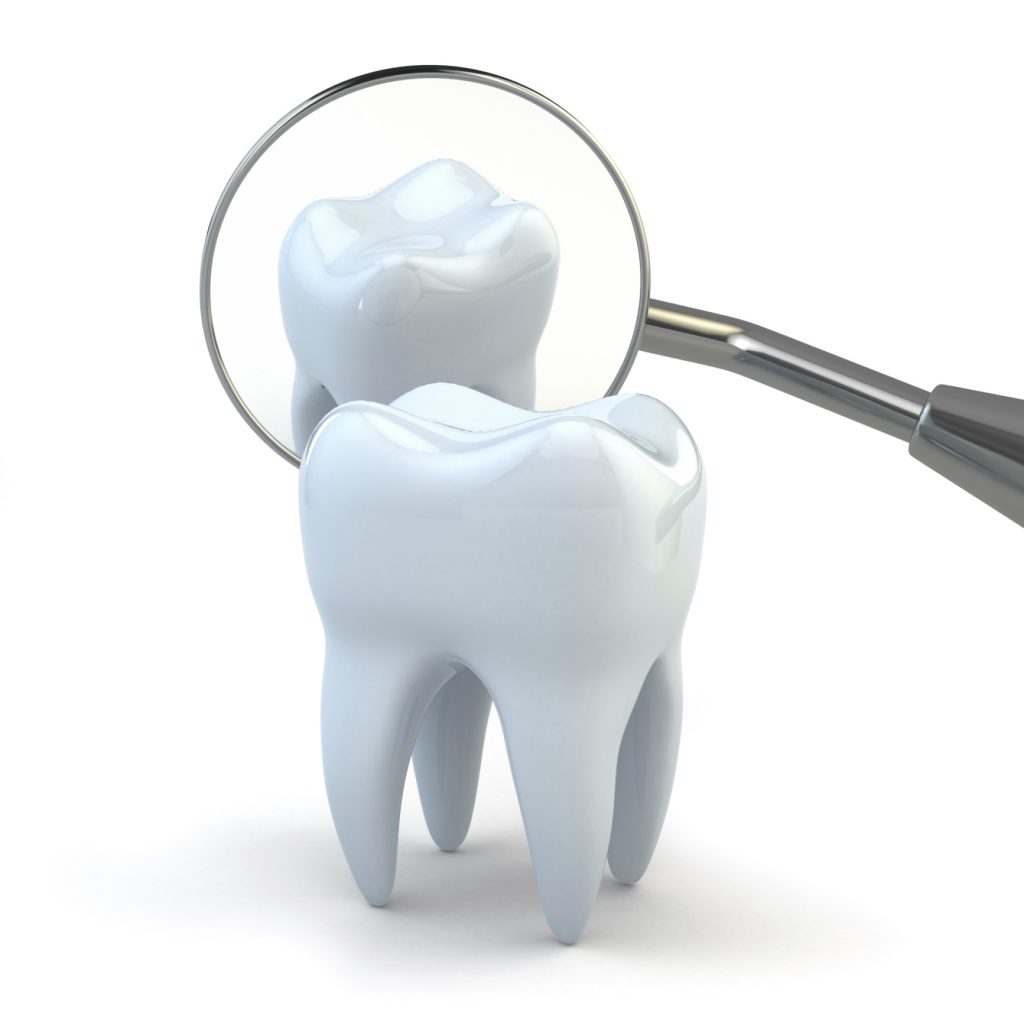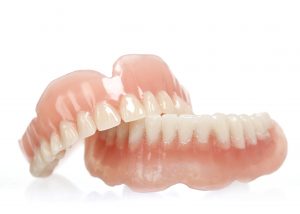
When we bring a child into the world, we do everything we can to make their lives as painless as possible. But there are some things we can’t control, like teething. And while we know it is a necessary part of life, there are a couple of things that we can do to ease the pain as much as possible. Let’s take a deeper dive into everything that is teething.
According to the American Dental Association, babies start teething when they are between 6 and 12 months old and have the full set by 3. Babies are born with a full set of teeth underneath their gums.
These teeth break through the gums in stages. Typically, the classic bottom teeth — often referred to as pegs — come in first, followed by the top middle teeth. From this point on, the remaining teeth will cut through the gums over a period of three years, according to the American Academy of Pediatrics.
When it comes to symptoms, every baby is different. Here is a list of the basic signs that your tiny human may experience:
- Drooling
- Chewing on solid objects
- Mild fussiness and crankiness
- Irritability
- Loss of appetite
- Sore and tender gums
- Red and swollen gums
While teething is a natural process, there are some tried and true methods to help relieve your baby’s discomfort. You can try rubbing your child’s gums with a damp washcloth, have them chew on a teething ring or frozen fruits and veggies when they are able to eat more solid foods, even give a bit of infant acetaminophen or teething gels.
Many parents believe that high fever and diarrhea are also symptoms of teething, but you should contact your pediatrician if they continue to experience discomfort.
If you would like more information on teething, call Dr. Herd in Rancho Santa Margarita, CA at 949-858-5147 or visit www.gregherddds.com.
Dr. Greg J. Herd proudly serves Rancho Santa Margarita and all surrounding areas.

